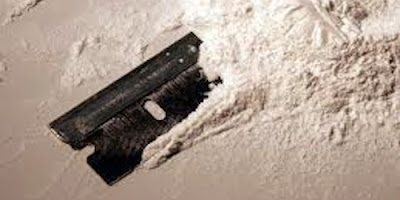A bio-hazard occurrence like murder, blood spill, accidents and water damage can uncover a host of infections, many of which remain undetectable by the naked eye. Even if the area appears virtually clean after evacuation of the bio-hazard materials, infections can seep deep into crevices and pores of surrounding materials. For example, in the event of a murder, the blood might be splattered in various areas and spills can get into absorbent wooden floor or walls or matting. Hence, it is necessary that a cent per cent clean up be carried out to eliminate all risks of potential diseases and infections.
It is necessary to hire a professional cleaning service, as bio-hazardous waste can have a serious impact on other untrained professionals such as insurance agents or police personnel. When the lights of the ambulance and police cars depart, it is the cleaning professionals who take up the charge. And the cleaning is more than a matter of just mop up and trash. It involves thorough assessment of the area, application of proper and safe scientific procedures, following of fixed protocols and protection of the contaminated area from further infecting the surrounding inmates or neighbours.
One important step in the bio-remediation process is thorough documentation or reporting. This documentation starts right from the planning stage to completion. Every step, every protocol used, every methodology and every assessment procedure should be properly reported by the professionals along with the respective on-site photographs. The documentation should also give a risk analysis of the exposure to disease and infections before and after the cleanup. In the end, the company should give a catalog of the particular in-situ bioremediation process.
The documentation process has manifold uses. Not only does it adhere to a systematic approach of a critical situation like a bio-hazard event, it also facilitates smooth settlements between the policy holder and the insurance company in the process of making any claims of loss. It will also make both the parties understand why some structural materials were removed or disposed or displaced or altered.
At Bio-Cleanse Pty Ltd, we are adept at handling all types of bio-remediation and cleaning services with thorough documentation and reporting procedures. Visit www.bio-cleanse.com.au to avail of our services.






